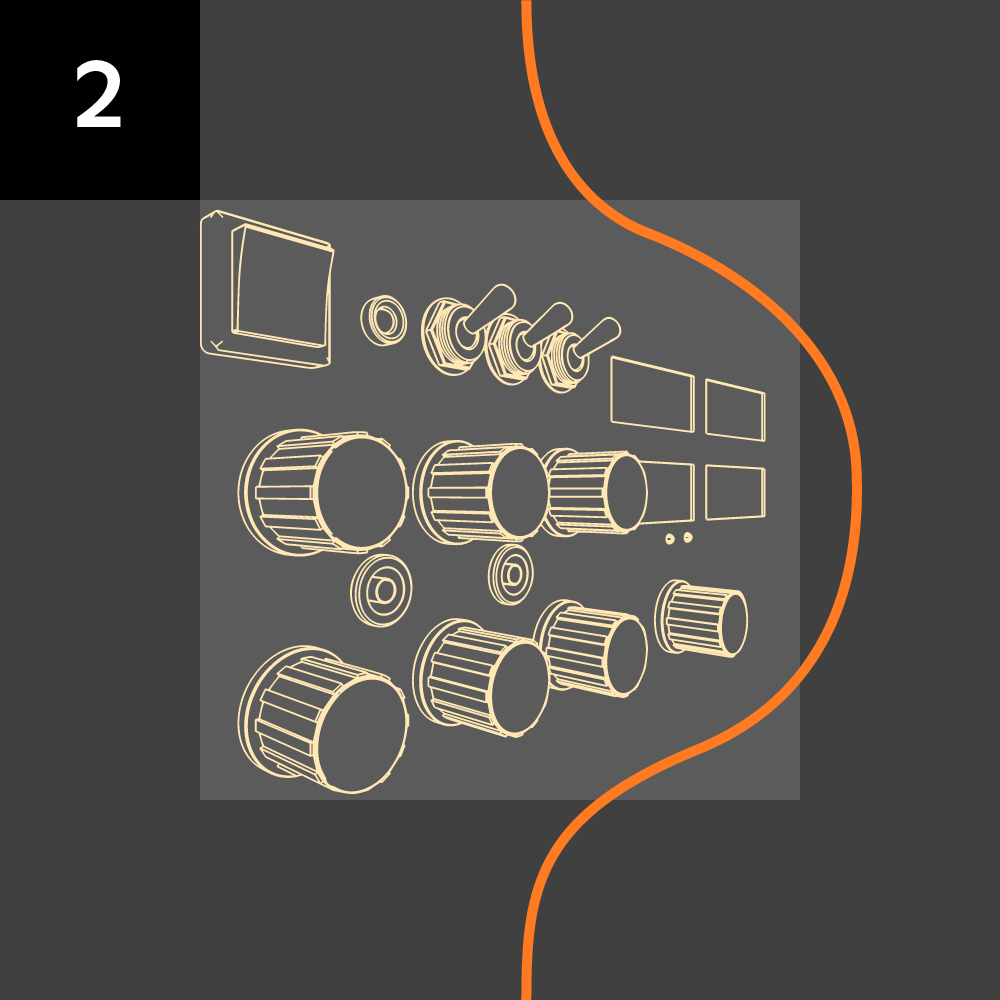Plug into PIM, the only solution you need
infographic
Want to tune your product information to the demands of the audience? Switch on this product journey to find out how.

Hit the first note
From source materials and sustainability specs, to unit numbers and descriptions, product development data needs to be accurate, or the first stage of the product journey can’t get going.
The typical solution for this? Product Lifecycle Management, an engineering and product management tool. But PLMs aren’t built to support the product journey through sales and marketing.
You need a solution that hits every single note.
Read more: PLM vs PIM: How to start your product journey right
Get the harmony right
Creating data relationships between attributes, materials, and even the products themselves are essential in defining the product, promoting guided selling, and ensuring cross-sell and up-sell possibilities.
The typical solution for this? Master Data Management, an enterprise-wide data repository. But MDMs aren’t focused solely on product data or built for easy integration with sales channels.
You need a solution in harmony with your sales channels.
Read more: PIM vs MDM: how to secure a single source of truth


Think about the composition
Elevating product stories with relevant data like videos, images, and documentation can make all the difference in meeting the needs of your audiences.
The typical solution for this? Digital Asset Management. But DAMs are enterprise-wide solutions, and if you only need to store, manage, and distribute product-related assets, a DAM could be overkill.
You need a solution that efficiently captures the magic.
Tee up the speakers
Getting your product onto all your sales channels requires product data that’s optimized for customer, channel, and brand, including descriptions, specs, images, and more.
The typical solutions for this? Product Data Syndication and Product Experience Management. But PDS and PXM without product performance insight mean you’re flying blind on the digital shelf.
You need a solution that optimizes your products for the audience.
Read more: PIM vs PDS: how to distribute product content effectively


Check the feedback
An optimized digital shelf needs constant monitoring to deliver data-driven, real-time insight into buyer behavior, product performance, and channel competition.
The typical solution for this? Digital Shelf Analytics. But DSA without closed-loop functionality means you can’t respond quickly to product listing issues to optimize performance.
You need a solution that keeps you in the loop.
Amplify your product information
The inriver PIM is the center-stage solution for your entire product journey.
Only our PIM goes beyond e-commerce to help you meet demands for information at every stage of the product journey. From sourcing to sales, the inriver solution ensures your product remains the headline act by amplifying the user experience wherever necessary.
Get your audience tuned to the right information at the right time. Every time. Only with inriver.


Inriver. A single source of truth for all your product data demands.
Learn more about what inriver’s PIM can do for your business >
PIM makes available a single trusted source of rich product content for the purposes of multichannel commerce and data exchange.
Source: Gartner©, Market Guide for Product Information Management Solutions
Helen Grimster, 20 September 2022
Gartner does not endorse any vendor, product or service depicted in its research publications and does not advise technology users to select only those vendors with the highest ratings or other designation. Gartner research publications consist of the opinions of Gartner’s research organization and should not be construed as statements of fact. Gartner disclaims all warranties, expressed or implied, with respect to this research, including any warranties of merchantability or fitness for a particular purpose.
GARTNER is a registered trademark and service mark of Gartner, Inc. and/or its affiliates in the U.S. and internationally and is used herein with permission. All rights reserved.